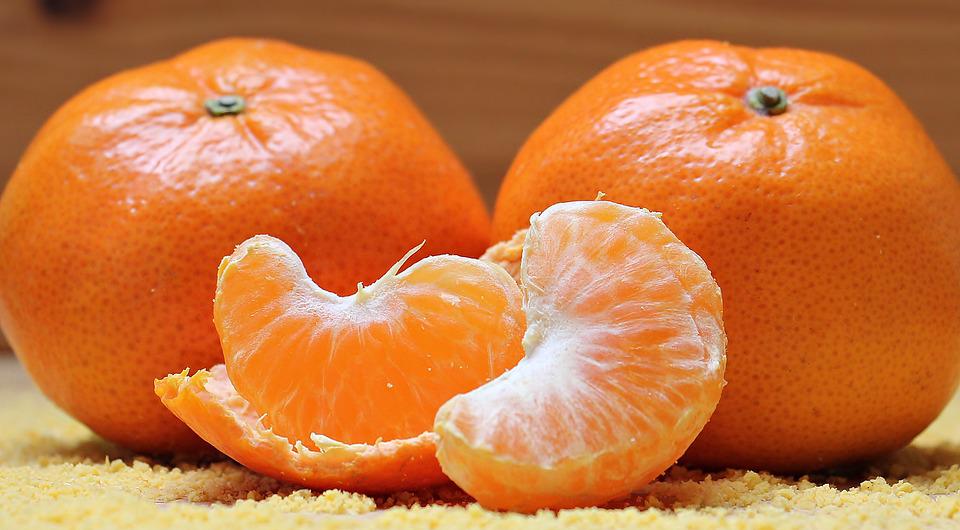



Article by: Hari Yellina
As a result of recurring outbreaks of Covid-19, importers have faced significant hurdles in recent years. Importers face a great deal of unpredictability in terms of distribution, labour, and resources. Flexibly adjusting operating procedures, properly observing changes in market demand, and constantly ensuring product quality are all critical in this volatile industry. A representative from Guangzhou Berda Fruit Co., Ltd., one of the largest fruit import companies, recently spoke about the company’s expertise in the import orange industry. Berda Fruit is largely in charge of citrus and grape imports.
“The volume of Egyptian oranges imported this year is 70 percent to 80 percent lower than last year. This year’s market conditions for Egyptian oranges were discussed by Berda Fruit Manager Li. “It’s the middle of the sales season, and the pricing each box is reasonable at 145-150 yuan [21.79-22.54 USD]. Because the supply is limited, the price is relatively expensive. In the end, though, Egyptian oranges’ overall product movement is relatively slow. Restaurants and beverage outlets are the primary purchasers of Egyptian oranges. For starters, they are hesitant to purchase imported fruit because the procedures and paperwork are cumbersome.
“Second, beverage shops buy oranges to squeeze for fresh orange juice, but demand for oranges is now low due to the popularity of lemon-based drinks.” Third, supermarkets are hesitant to stock Egyptian oranges on their shelves. As a result, product movement is sluggish. In the next years, we predict the volume of Egyptian orang imports to decrease even more. Egyptian exporters are exploring for new markets, while Chinese importers are being cautious about the numbers they buy.” Berda Fruit also imports South African Navel oranges in addition to Egyptian oranges. “The South African Navel orange harvest season has begun. The weather has remained consistent. Both the product quality and the volume of production are excellent.
Farmers anticipate a bumper crop. The Chinese market took roughly 5% to 7% of South African Navel orange export volume in the last few years, and the volume did not expand considerably. Europe and the Middle East are the key markets for South African navel oranges.” “South Africa ships roughly 3,000 containers of oranges to Russia every year, but export to Russia is currently blocked,” manager Li said when questioned about the impact of Russia’s invasion of Ukraine on export to the Chinese market. Because China can only absorb a fourth or fifth of that volume, the impact of the dispute on exports to China is minimal.”
In prior years, Chinese processing facilities would have begun processing grapefruit around this time of year, but they have yet to do so this year. The majority of the processing factories are in the Yangzi River Delta region, and because to recurring Covid-19 outbreaks, they have yet to fully resume operations. Fruit reserves are accumulating in warehouses until the plants can reopen, resulting in waste. “Of course, we hope that the situation will quickly improve. Last summer, the Covid-19 epidemic was largely contained, and the supply and sales volumes of South African grapefruit remained stable.” “The Chinese import volume of oranges is not that big. Some importers think that the smaller import volume will stimulate sales, but I think that conditions will be more or less the same as last year.”